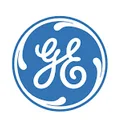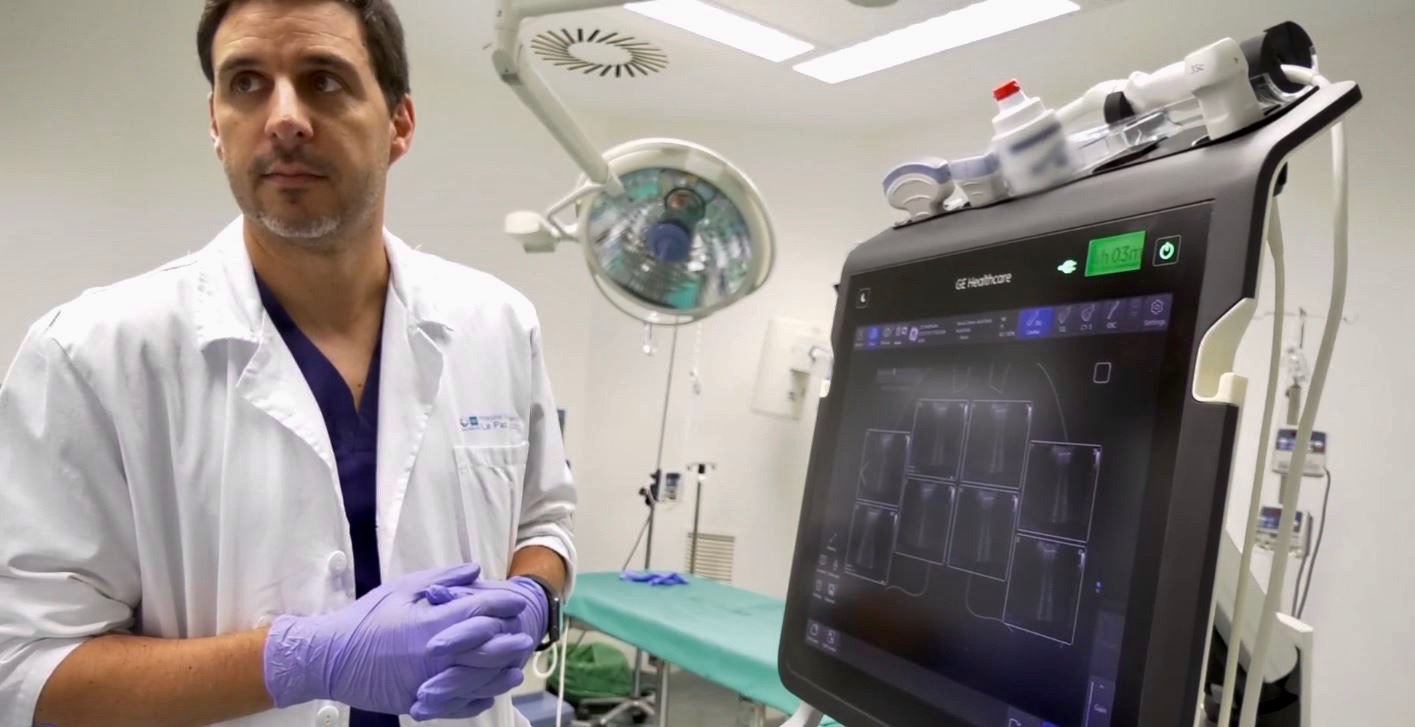Tomás Villén is on a war footing. His hospital, Universitario Ramón y Cajal in the northern corner of Madrid, has been the epicenter of Spain’s battle against COVID-19, the disease caused by the new coronavirus.
Together with Italy, Spain has borne the brunt of the pandemic in Europe. In late March and early April, roughly 300 new patients infected with the virus were arriving daily at the 1,000-bed hospital. The facility has converted its nonessential departments into emergency care wards to keep pace with patient flow. “We are creating more ICU [intensive care unit] beds every day,” says Villén, just finishing another grueling shift in March. “We have moved from being a normal hospital to kind of a war hospital.”
The chaos in the hospital means Villén and his team have to make quick decisions about focusing on the most critical patients. Normally, they would gauge the extent and severity of pneumonia in some patients with a computed tomography (CT) scan. But during a pandemic, the usual rules don’t apply. Villén explains that CT scans deliver highly detailed images, but ferrying critically ill patients to and from the radiology department is risky for patients and others. Plus, it can take about an hour to fully disinfect a CT machine between scans, which is time Villén and his team don’t have. “We need something quick, that’s reliable, that can remain at the bedside, if possible,” Villén says.
Enter ultrasound. The technology is perhaps best known for imaging fetuses in the mother’s womb by emitting and recording the echoes of high-frequency sound waves. These days, it is useful to healthcare practitioners on the front lines against COVID-19.
Above: Dr. Tomás Villén — picture above before the COVID-19 pandemic — is using ultrasound to treat COVID-19 patients in Madrid, Spain. “We need something quick, that’s reliable, that can remain at the bedside, if possible,” says Villén, who chairs the ultrasound section of the Spanish Society of Emergency Medicine. Image credit: Courtesy of Dr. Tomás Villén. Top image credit: The lung diagram on GE's Venue ultrasound machine. Image credit: GE Healthcare.
Cindy Owen, director of Clinical Insights and Development at GE Healthcare, says the compact and mobile nature of ultrasound machines can be helpful during crises such as the COVID-19 pandemic. Point-of-care and handheld ultrasound are relatively easy for doctors to bring to a patient’s bedside, where they can apply an ultrasound probe to the patient’s body. “You don’t have to take those patients out and expose any other healthcare workers or anyone who might be nearby,” she says.
Owen says that ultrasound has been used in both the emergency department and the ICU to answer many clinical questions and guide treatment “well before this crisis situation.” She says that because of the COVID-19 crisis, “more physicians have gained a better understanding of the usefulness of ultrasound and how to use it.”
Villén, who sees about 10 to 12 patients a day, can use ultrasound for quick triaging decisions. Ultrasound machines have been shown to effectively image the body and its fluids, and it can be applied at the bedside in real time. Doctors like Villén can quickly gauge the extent and severity of the patient’s condition. Owen says the results from a chest X-ray can sometimes take an hour or more to get back. “I don’t even see that X-ray,” Villén says. “That’s one reason, for me, the lung ultrasound is desired over a chest X-ray.”
Some ultrasound machines, including GE Healthcare’s Point of Care Ultrasound systems Venue and Venue Go, have a feature that allows doctors to map lung segments faster. That feature is invaluable when it comes to COVID-19, says Villén, who chairs the ultrasound section of the Spanish Society of Emergency Medicine. He says the capability makes it easier to document the status of each segment in the lungs and to track changes over time.
Doctors battling the virus worldwide are discovering the versatility of ultrasound. The technology effectively scans other organs such as the kidneys, liver and brain, all of which might be vulnerable to the low oxygenation associated with the disease. And ultrasound can play a role in monitoring a patient’s fluid status, which is crucial to avert the risk of flooding the lungs, Owen explains.
Owen says that after the pandemic recedes, “ultrasound will continue to be used in [emergency department and ICU] settings, and probably more so, because a broader understanding of its usefulness is occurring.” She says that CT will also continue to be used, but not instead of ultrasound. “They will both find their place, depending on the clinical question that needs answering and the pros and cons of using each imaging modality,” Owen says.
Clinicians are discovering that it might be faster to disinfect ultrasound machines compared with the larger imaging machines. GE Healthcare’s Venue and Venue Go systems, for example, sport a seamless flat display without knobs, keyboards or creviced surfaces. The touchscreen display is easy to wipe, which helps reduce the risk of infections.
Emergency doctors have also started sharing their experiences with ultrasound, which might help other locales better manage the peak of COVID-19 when it arrives. “What’s really amazing is how the medical community has come together globally to share information on a human scale,” Owen says. “One country helping another to teach what they’ve learned.”
That will buy time, which is what Villén and his fellow clinicians so desperately need. “We are so lucky to have our colleagues in Italy 10 days ahead of us,” he says. And as the battle moves on, ultrasound technology will be ready to answer the call for Villén and his fellow medics time and time again.











